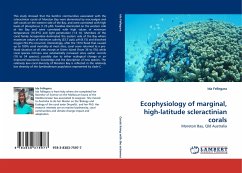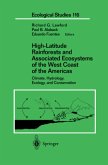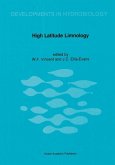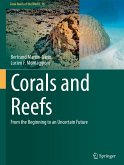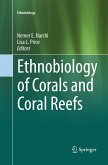This study showed that the benthic communities associated with the scleractinian corals of Moreton Bay were dominated by macroalgae and soft corals on the western side of the Bay, and were correlated with high levels of phosphorus (1.25 µM). Faviidae dominated on the western side of the Bay and were correlated with high values of minimum temperature (16.6ºC) and light penetration (1.6 m). Members of the coral family Acroporidae dominated the eastern side of the Bay where maximum values of minimum salinity (33.7 ppt), pH (8.15) and dissolved oxygen (94.3%) occurred. Interestingly, after the 1974 flood that caused up to 100% coral mortality at most sites, coral cover returned to a pre-flood situation at all sites except at Green Island (from 36 to 5%) while coral species richness was substantially increased since earlier records (18 to 54 species), possibly due to either ecological change or an improved taxonomic knowledge and the description of new species. The relatively low coral diversity of Moreton Bay is reflected in the relatively low diversity of the Symbiodinium population represented by clade C.

